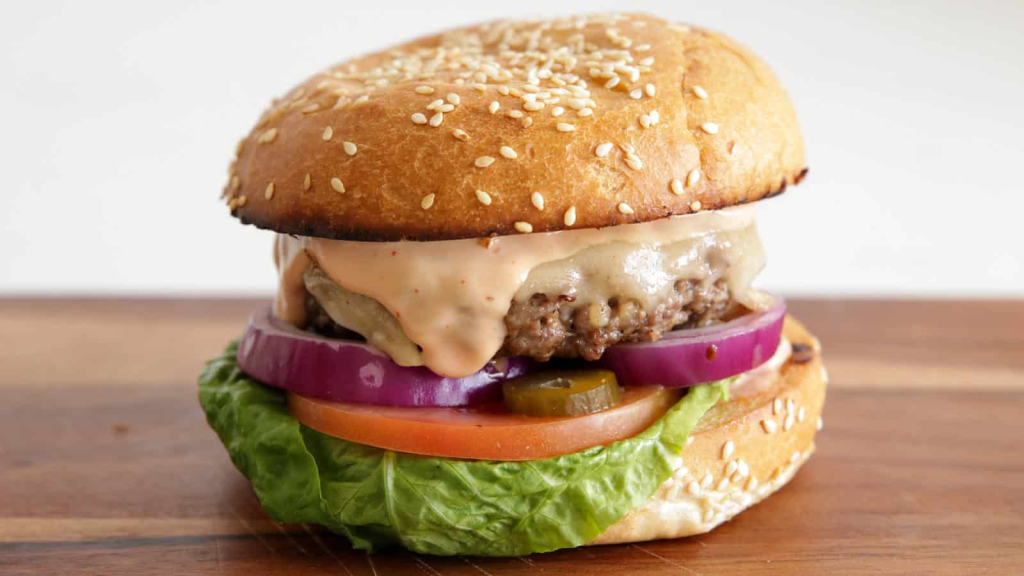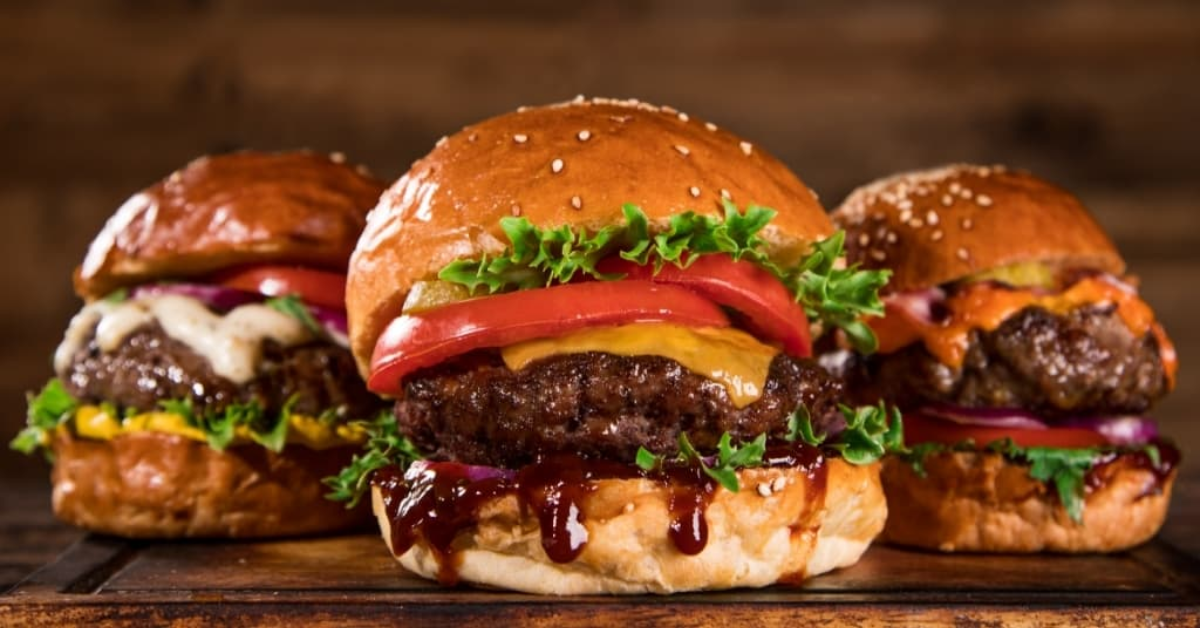Is there any food that is more American than hamburgers? Although this beloved sandwich originated in Hamburg, Germany, where immigrants brought chopped steaks to the United States, it has become one of the most iconic dishes in the country today. So much so that we often consider the burger an essential part of American food culture.
George Motz, a historian, and chef-owner of the renowned Hamburger America restaurant in New York City, has made it his life’s work to explore and document the fascinating history of burgers in the United States. Motz even wrote a book, Hamburger America: A State-by-State Guide to 200 Great Burger Joints, and created a 2004 documentary of the same name, shedding light on this deliciously rich subject.
As a self-proclaimed burger scholar, Motz has a treasure trove of burger facts that may surprise you. In a recent episode of The Splendid Table podcast, hosted by Francis Lam, Motz shared several nuggets of knowledge about America’s favorite sandwich. The next time you’re enjoying a burger, impress your friends with these fun facts!
1. The First Burger Condiment Was Likely Onions
The origins of the American hamburger are often debated, with several regions claiming to be the birthplace of the beloved sandwich. Whether it was invented by Fletcher Davis in Athens, Texas, Charlie Nagreen in Seymour, Wisconsin, or Oscar Weber Bilby in Tulsa, Oklahoma, the history of the burger is a fascinating journey of regional variations. However, Motz shares an interesting fact: “The very first condiment on a hamburger was likely onion.”

In fact, onions, along with pickles and mustard, were among the earliest condiments used in burger recipes. Given that the original “Hamburg steak” — the precursor to the hamburger — was a minced beef dish brought to America by German immigrants, it’s no surprise that onions found their way into the mix.
But here’s a fun twist: Can we really call an onion a condiment? Motz thinks so, and this early addition to the burger’s flavor profile is one of the reasons we still find onions as a go-to topping today.
2. There Are More Regional Burger Styles in the U.S. Than You Think
Everyone loves to get creative with their burger orders, whether it’s adding exotic toppings or even using doughnuts instead of buns. However, regional burger styles have been around for decades, and some are deeply tied to their specific areas, much like how Italy has its unique pasta traditions. Motz’s deep dive into regional burgers is the focus of his book and his restaurant, Hamburger America, where you can sample a variety of regional styles.
One standout regional burger is the Oklahoma onion burger, which features thinly sliced, griddled onions piled high on top of a beef patty. This burger originated in the 1920s as a way to use less beef per sandwich, as beef was expensive at the time.

Another lesser-known but equally delicious option is the olive burger, which hails from central and western Michigan. This burger features a special sauce made from chopped green olives, mayonnaise, olive brine, and a touch of sugar for sweetness. While it might not be as widely known as its onion burger counterpart, it’s still a unique regional treat worth trying!
Motz is passionate about celebrating these regional differences and notes that there are “hundreds and hundreds, thousands” of different burger styles across the United States. So the next time you travel, be sure to ask about the local burger specialty – you may be surprised by what you discover!
3. Smashburgers Were the Original Burger Technique
When you think of a Smashburger, you might picture a trendy new invention that has taken over social media feeds and burger joints in recent years. But according to Motz, the technique actually goes back much further than you might expect. “Smashburgers predate preformed patties by 50, 60 years,” Motz explains.
In the early days of burger-making, cooks would form balls of ground beef and then “smash” them down on the grill or pan. This technique helped ensure that the burgers were all the same size, but it also had a practical purpose.

As Motz explains, cooking a thick burger could take up to 10 minutes, while smashing the patty to a thinner, more uniform shape allowed it to cook much faster – in just two minutes. Speed was key, and the Smashburger became a quick and efficient way to serve up delicious burgers at fairs and restaurants alike.
Today, you’ll still find smashburgers on the menu at Hamburger America, and Motz credits them for being an integral part of burger history. The timeless appeal of the Smashburger lies in its simplicity and its ability to maintain the essence of what makes a great burger: crispy, flavorful, and satisfying.
Conclusion
The history of the hamburger is as rich and varied as the countless burger styles across the United States. From onions being the first condiment to the regional burger styles that have evolved over the years, there’s so much more to this iconic sandwich than meets the eye. As we continue to enjoy burgers in all their forms, let’s take a moment to appreciate the deeper history behind America’s favorite food. After all, it’s not just a meal – it’s a piece of American history!
Disclaimer: This article has been meticulously fact-checked by our team to ensure accuracy and uphold transparency. We strive to deliver trustworthy and dependable content to our readers.







Leave a Comment